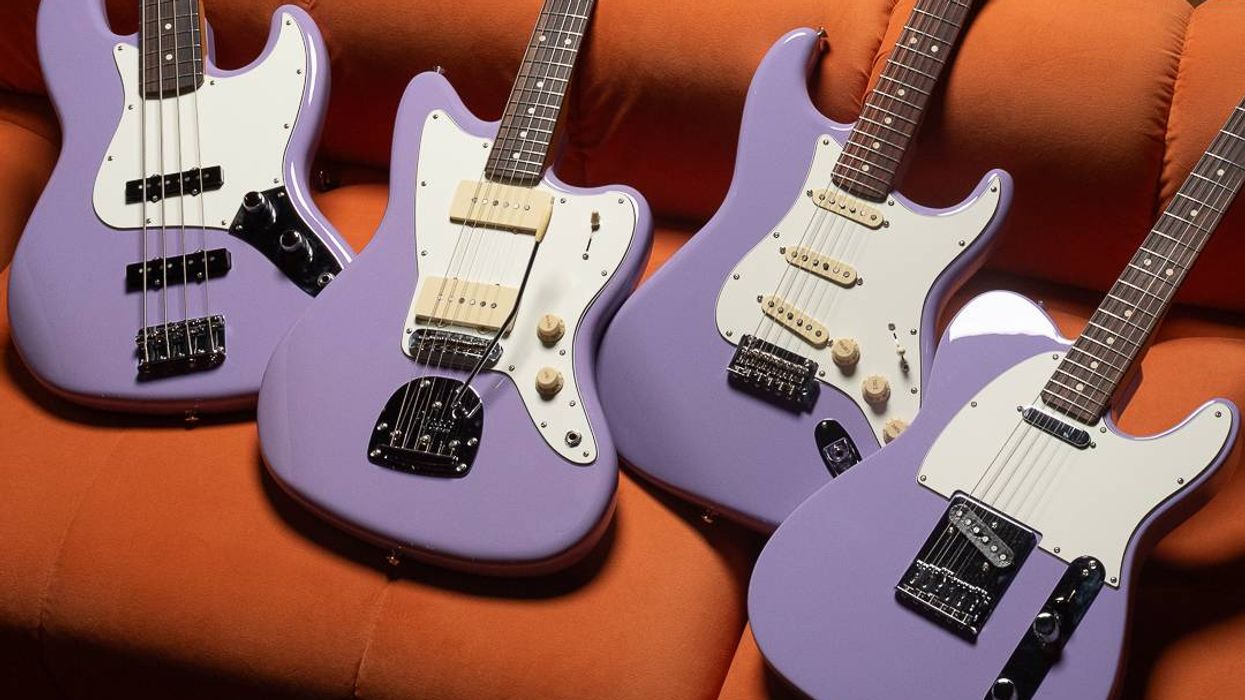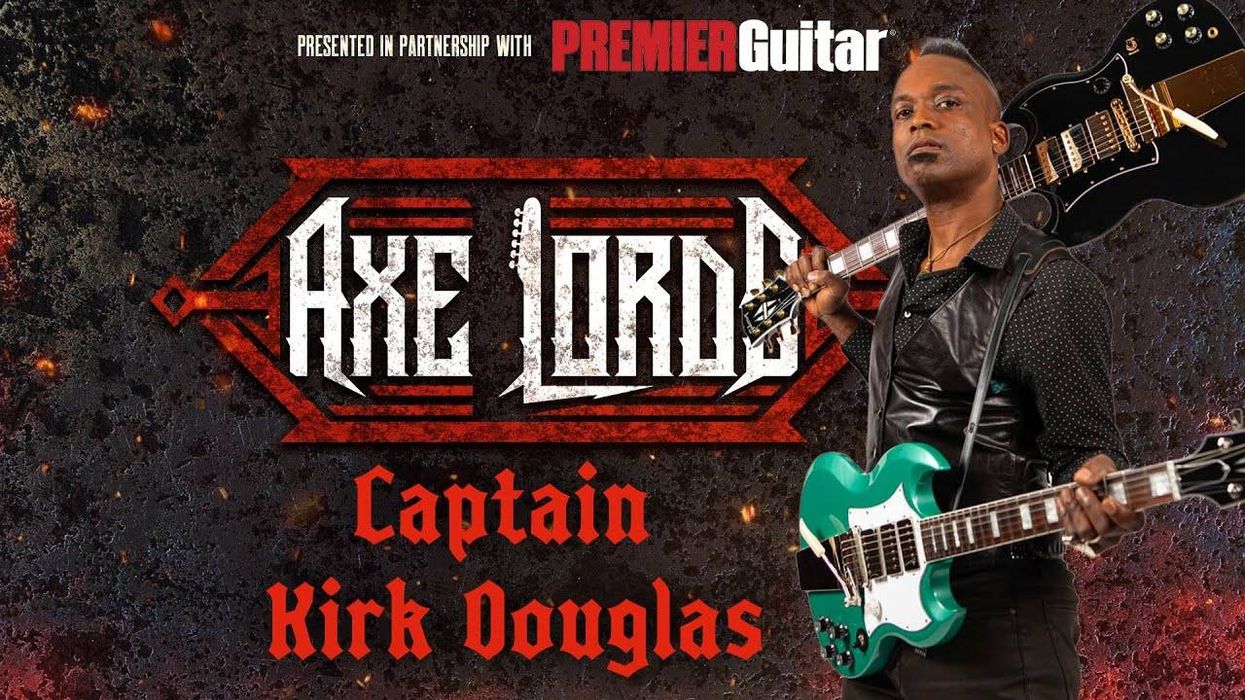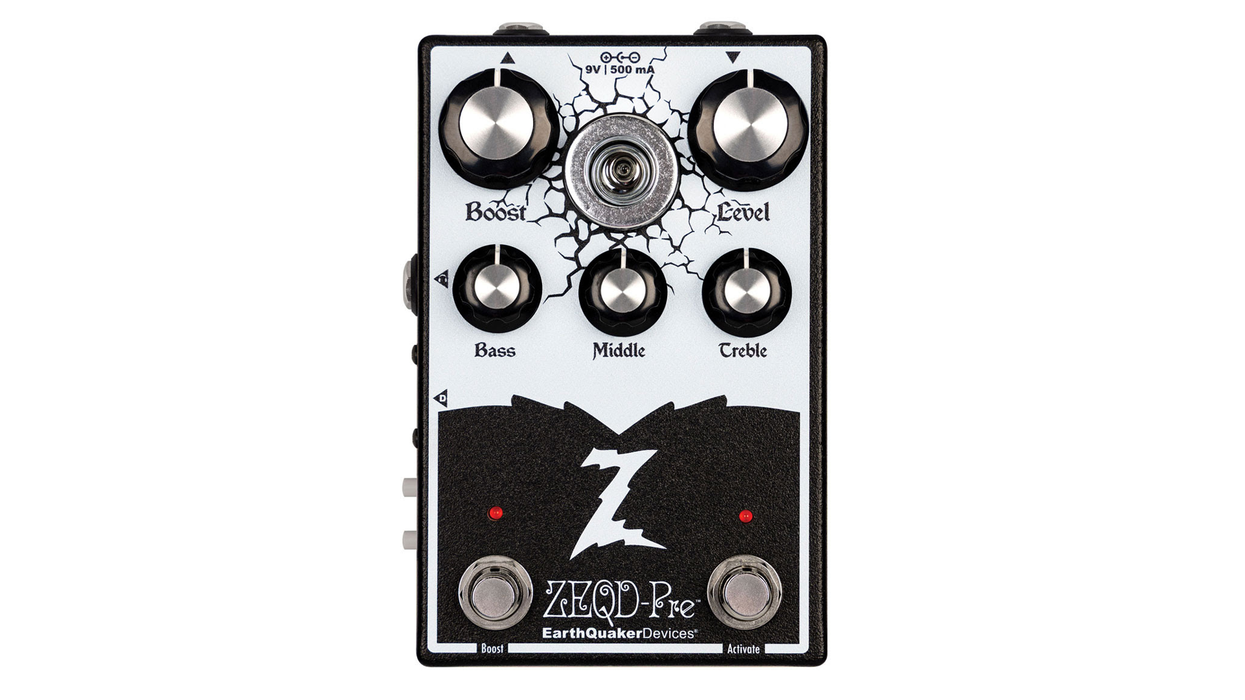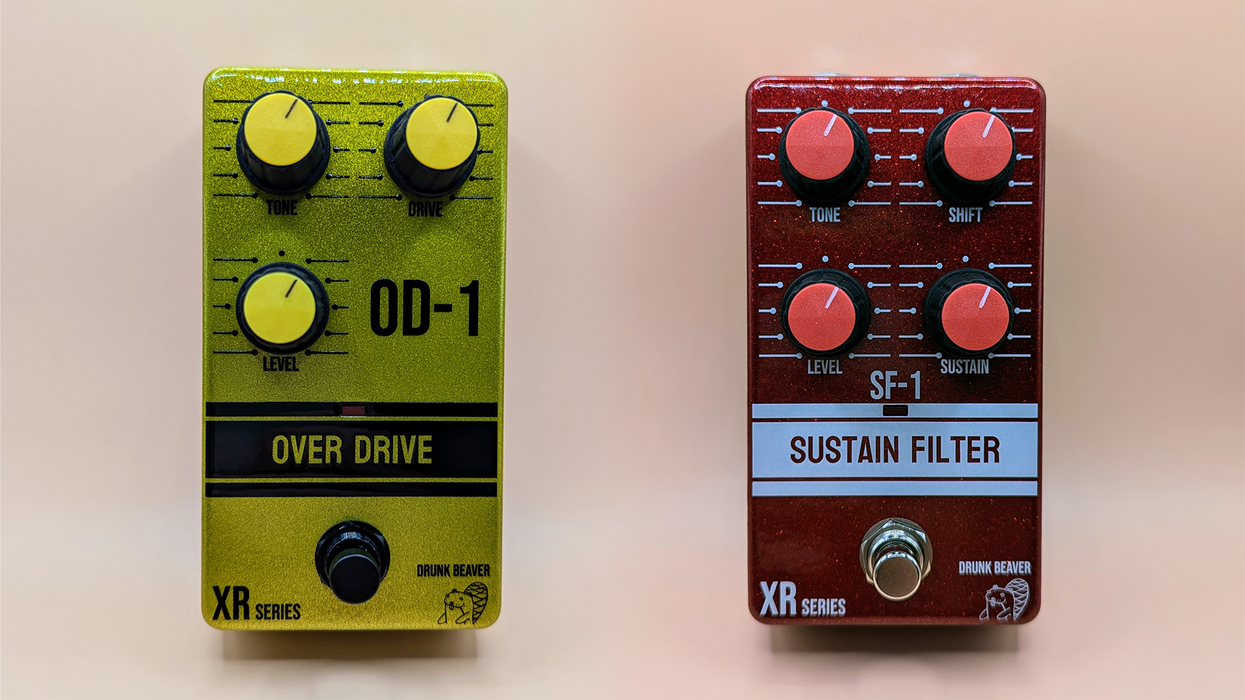Hey everybody! Thanks for joining me for my last State of the Stomp. The column will continue with others flying the flag, but for me, I think it’s been a good run. I’ve complained about a lot of important things and I’ve explained plenty of petty opinions as if they were facts.
Just when I thought I was completely out of pedal-related things to write about, I had a surprisingly pleasant experience! To tell this story right, we must hop in the Wayback Machine and dial it to the halcyon days of 2004. My wife, Louise, was in college, we had our first child, Isis was just a post-metal band, people still “borrowed” your internet, and I feel like we were on a pretty manageable hurricane/societal disaster schedule. I was also busy falling in love with the guitar. I was 21 and had spent the previous five or six years making, primarily, electronic music. I guess by then I had practiced enough to make the guitar expressive for me—a development that’s been the turning point with every instrument I’ve pursued.
That all sounds good, but I was also trying to become something. I’m not sure what… some kind of pretty-music maker. Despite that my favorite rock bands were Nine Inch Nails, Tool, and Mogwai, I found myself on a quest for “cowboy distortion.”
Yeah, nobody knew what I meant then, either, because it’s kind of a dumb phrase. What I was looking for was a device that would make me that super-sexy hybrid of dangerous and clever, like “Oh, I don’t need all that fuzz. Just listen to the honesty and passion I’ve carefully constructed.” What I told people I was looking for was “just a bit of distortion and sustain, not too much.” Ugh. An overdrive, you dolt! You wanted to play with overdrive so you could sound smart.
Luckily, DigiTech launched a series of pedals that year that was color-coded, cheap, and everywhere. The sleeping giant among them was the Bad Monkey, a green overdrive that weighed about four pounds and cost about 40 bucks. Runner-up in my strange internet circles was the Hot Head (bright orange!), but that was viewed as maybe too much.
I got that Monkey and used the hell out of it! I ended up building a rig around it and started my first band, the Ronald Raygun, which is still going today. By the time we recorded our first (disastrous) full-length, I was rocking a pretty cool rig comprised of a wah, the Bad Monkey, my dad’s old digital delay, a Big Muff copy, and a whacky envelope filter that I never quite got a handle on. This was all getting blasted through a Peavey VTM 60—an amp I didn’t fully understand until after I’d sold it.
Not long after the smoke cleared from that recording session, my Bad Monkey stopped working. I didn’t worry about it too much. I’d moved towards a cleaner clean and a heavier distortion tone, and was more concerned with saving up for a looper than replacing an overdrive that didn’t really fit my immediate taste.
Somehow this broken pedal survived six moves, two more kids, who knows how many bands and projects, and 13 brutal Wisconsin winters to be recently found sticking out of a basket in Louise’s office at Dwarfcraft Headquarters.
I saw it, and my curious mind fell back in the memory hole. “Where did this come from?” I asked. Nobody really knew, so I assumed it was mine. I was shocked. Considering all the pedals I’ve sold over the years and the broken gear I’ve tossed away in a fury while moving, this little brick must have had some kind of protection spell over it.
It was, to use industry parlance, “authentically relic’d.” Glue stuck on the back where Velcro used to be. Dings, dents, and chipped finish all around. A loose audio jack, and that bothersome sticky dust in all the crevices too small for my sausage fingers to get at.
I had to try it. I was sure it wouldn’t work, but I was wrong! It was a sound I hadn’t heard in ages. It was refreshing and exciting—noticeably different than the ODs I’ve been using in the intervening years. I remembered why I picked this thing in the first place: the simple joy of making your instrument “kind of crunchy.”
I was feeling pretty smart, actually. I guess not every musical choice I made back then was foolish. I picked a cool first dirt pedal. And I never bought a chorus.
I tried it on bass: ooooh, exciting!
I tried it on a drum machine: ooooh, exciting!
I tried it in a demo video rig: ooooh, poor choice. Can’t win ’em all, I guess.
I’m so glad to have my old pal back, and I’m excited to do some exploring with it with more than a decade’s additional experience under my belt. It’s kind of a mini-restart, but like when you beat a game and get to start over with all your gear and skills from when you beat it the first time.
Let me leave you with a pro tip as we part: Pull out your oldest gear and see how you feel about the person who picked it out. It can be rewarding.



























